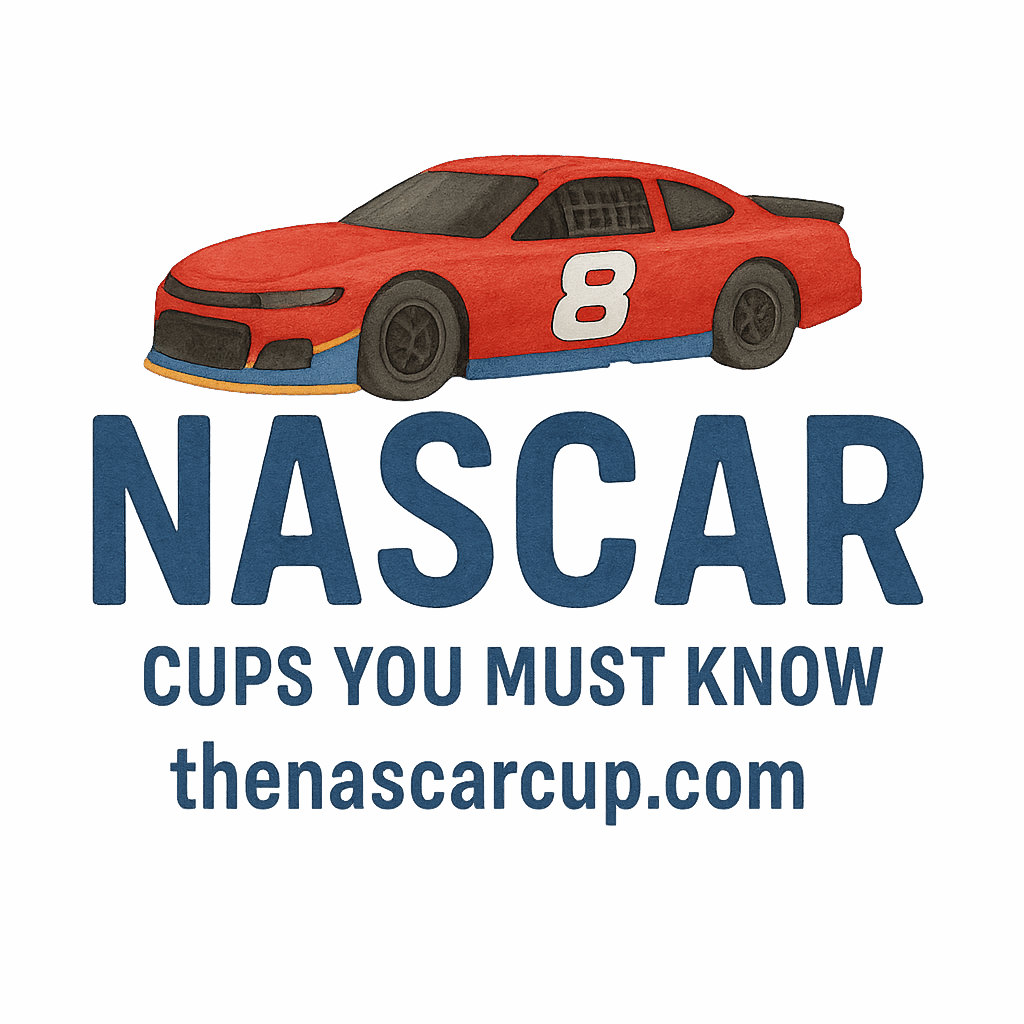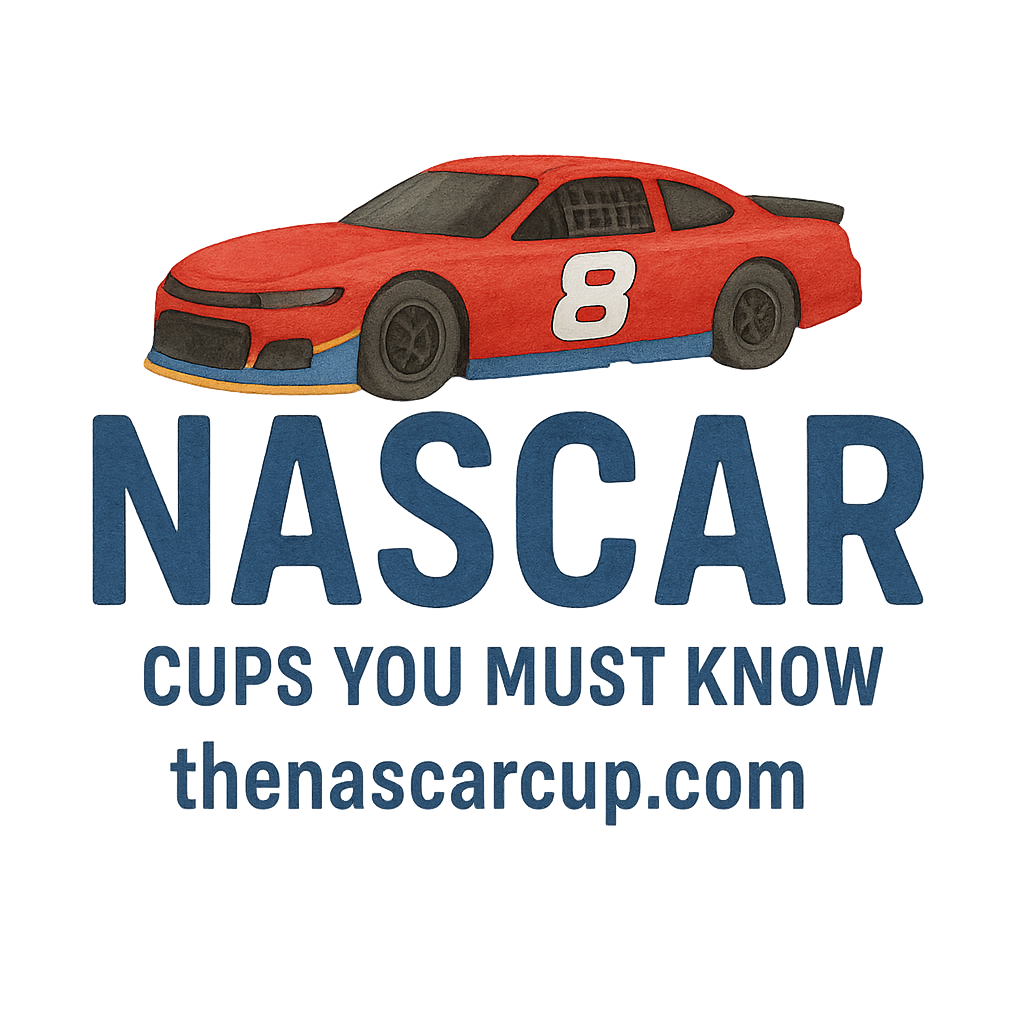Introduction
NASCAR has never been just about turning left—it’s about adapting, evolving, and surviving the test of time. Over the decades, the NASCAR Cups series has witnessed several rule changes that completely reshaped the sport. These weren’t just tweaks to keep things fresh; they were game-changing shifts that impacted drivers, teams, fans, and the very DNA of stock car racing.
So, if you’re a die-hard fan or a newbie just revving your engine, let’s break down 6 rule changes that transformed NASCAR Cups into the global motorsport icon it is today.
1. Stage Racing Format (Introduced in 2017)
What Is Stage Racing?
Before 2017, NASCAR races were straightforward—go fast, pit smart, and finish strong. Then came stage racing. Now, every race is divided into three stages (sometimes more, like in longer races), with points awarded to top finishers in each stage.
Why It Was Introduced
Simple: keep fans engaged from start to finish. Previously, fans would tune in at the beginning and end, often skipping the middle. Stage racing solved that lull by incentivizing aggressive driving throughout the event.
Impact on NASCAR Cups
This change redefined race strategy. Teams now plan around stage breaks, fuel windows, and tire management with stage points in mind. It’s no longer just about winning the race—it’s about dominating every phase of it.
Related: Explore more about NASCAR’s evolution in NASCAR Cups History.
2. The Charter System (2016)
How the Charter System Works
NASCAR introduced the Charter System in 2016, granting 36 teams guaranteed entry into every race. Think of it like a franchise license—if you have a charter, you’re locked into the season.
Benefits for Teams and Owners
This brought a new level of financial stability and long-term planning. Owners could now forecast income from sponsors, knowing their team wouldn’t miss a race due to qualifying mishaps. It also created real team value, with charters now being bought, sold, and traded.
Controversies Around the Charter System
While teams loved the stability, critics argued it closed the door for smaller outfits and new competitors. It also created a gap between chartered and non-chartered teams—an ongoing debate in the garage.
Explore current Drivers & Teams and how the Charter System affects them.
3. The Gen-6 and Next Gen Car Rule Evolutions
The Gen-6 Era (2013–2021)
The Gen-6 car focused on brand identity—each manufacturer’s car resembled their showroom models more closely. This boosted fan connection with brands but came with limited aerodynamic competition.
Introduction of the Next Gen Car (2022)
Then came the Next Gen car, NASCAR’s most revolutionary machine yet. With independent rear suspension, larger wheels, and single-lug nuts, it brought the series into modern racing standards.
Safety, Performance & Innovation
This car was built for parity. Its design leveled the playing field, encouraging competition based on driver skill more than budget. Safety features were also upgraded across the board.
More about tech and legends in Motorsport Icons.

4. Overtime Line and Green-White-Checkered Finishes
NASCAR’s Version of “Overtime”
No one likes a race ending under caution. That’s why NASCAR introduced the Green-White-Checkered finish, giving fans a chance to see the race end at full throttle.
Making Every Lap Count
This rule ensures that last-lap drama stays alive. The green flag waves, then the white flag (final lap), then checkered. If a caution comes before the white, they restart again—up to a limit.
It’s not just exciting—it’s edge-of-your-seat madness.
Get a fan’s perspective in our Fan Guides.
5. Road Course Enhancements and International Push
More Road Courses Than Ever Before
Once limited to ovals, NASCAR Cups now embrace road courses like COTA and the Charlotte ROVAL. These tracks test drivers in new ways and attract diverse fanbases.
International Expansion on the Horizon
This rule shift signals NASCAR’s desire to go global. Discussions about races in Canada, Mexico, and even Europe are heating up.
Related: Global Racing
More courses and worldwide fans? Sounds like NASCAR 2.0 is underway.
6. Safety Mandates and Equipment Rules
Head-and-Neck Restraints (HANS Device)
After Dale Earnhardt Sr.’s tragic death in 2001, NASCAR made the HANS device mandatory. This carbon-fiber collar prevents fatal whiplash during crashes.
SAFER Barriers and Crash Data Collection
Track walls were redesigned using SAFER barriers—steel and foam systems that absorb impacts. Every crash now delivers data to improve safety protocols.
Rule Changes After Fatal Incidents
From improved seat belts to data recorders, NASCAR rewrote its safety playbook. These rules have saved countless lives.
Dive into historical context with Legendary Drivers.
How These Rule Changes Shape the NASCAR Cups Identity
Each of these six rule changes didn’t just tweak the sport—they reinvented it. NASCAR Cups today is safer, more competitive, more global, and infinitely more fan-focused than ever before.
Whether you’re cheering from the stands or from your couch, these rule updates are part of what keeps NASCAR roaring into the future.
Why Rule Changes Matter for Fans
Let’s face it: rules are boring—until they change everything.
Every time NASCAR updates a rule, they’re thinking of you—the fan. Want more action? Here’s stage racing. Want fairness? Here’s the Next Gen car. Want safety? Here’s the HANS device and SAFER walls.
It’s like remodeling your house to fit a growing family—it’s necessary, and it shows love.
And speaking of love, check out Fan Experience upgrades too!
Future Rule Changes to Watch
NASCAR is always shifting gears. Rumors swirl about:
- Electric or hybrid cars
- New points systems
- Expanded international races
- AI-assisted pit decisions
Stay updated on upcoming Regulation Updates and Rule Changes.
Conclusion
The NASCAR Cups you see today isn’t the same as a decade ago—and that’s a good thing. Rule changes have transformed the sport into a safer, more exciting, and globally relevant phenomenon.
From the roar of the Next Gen cars to the split-second strategy of stage racing, NASCAR keeps evolving—not for the sake of change, but for you, the fans, and the future of the sport.
So, buckle up. Because if there’s one thing we know for sure, it’s that change is the only constant in racing.
FAQs
1. What is the biggest rule change in NASCAR history?
The introduction of the Next Gen car in 2022 is arguably the most transformative, reshaping technology, safety, and parity.
2. Why did NASCAR add stages to races?
To increase fan engagement and add strategic depth throughout the entire race, not just the final laps.
3. What is the NASCAR Charter System?
It’s a system that guarantees race spots to 36 teams, giving owners more financial security.
4. How did safety rules evolve in NASCAR?
After fatal crashes, NASCAR introduced the HANS device, SAFER barriers, and rigorous crash testing.
5. Are NASCAR races going international?
Not yet, but they’re headed that way. NASCAR is testing global waters with new road courses and global partners.
6. How do rule changes affect drivers?
They change how drivers prepare, train, and race, making adaptability a key skill in modern NASCAR.
7. Where can I explore NASCAR collectibles and history?
Head over to NASCAR Cups Collectibles and NASCAR Cups History for rare items, legendary moments, and more.


